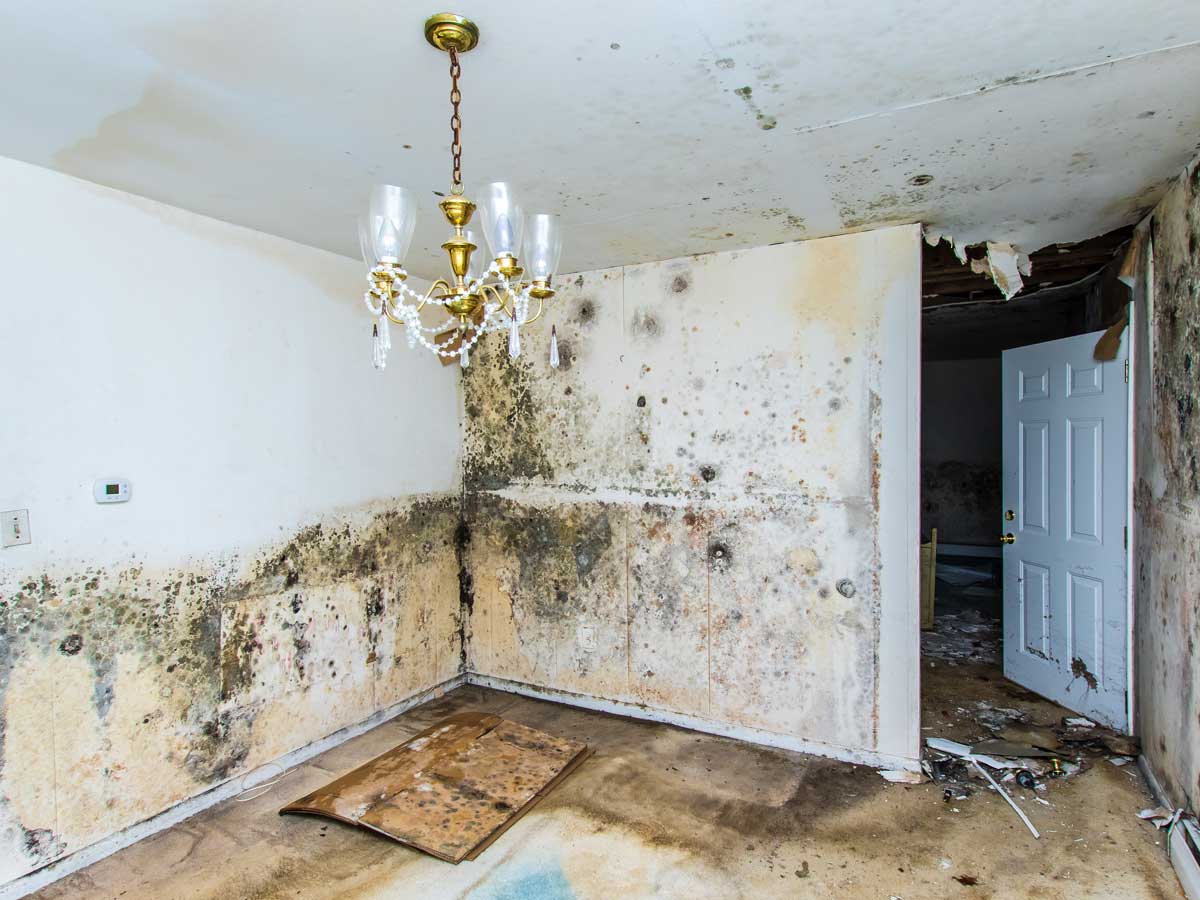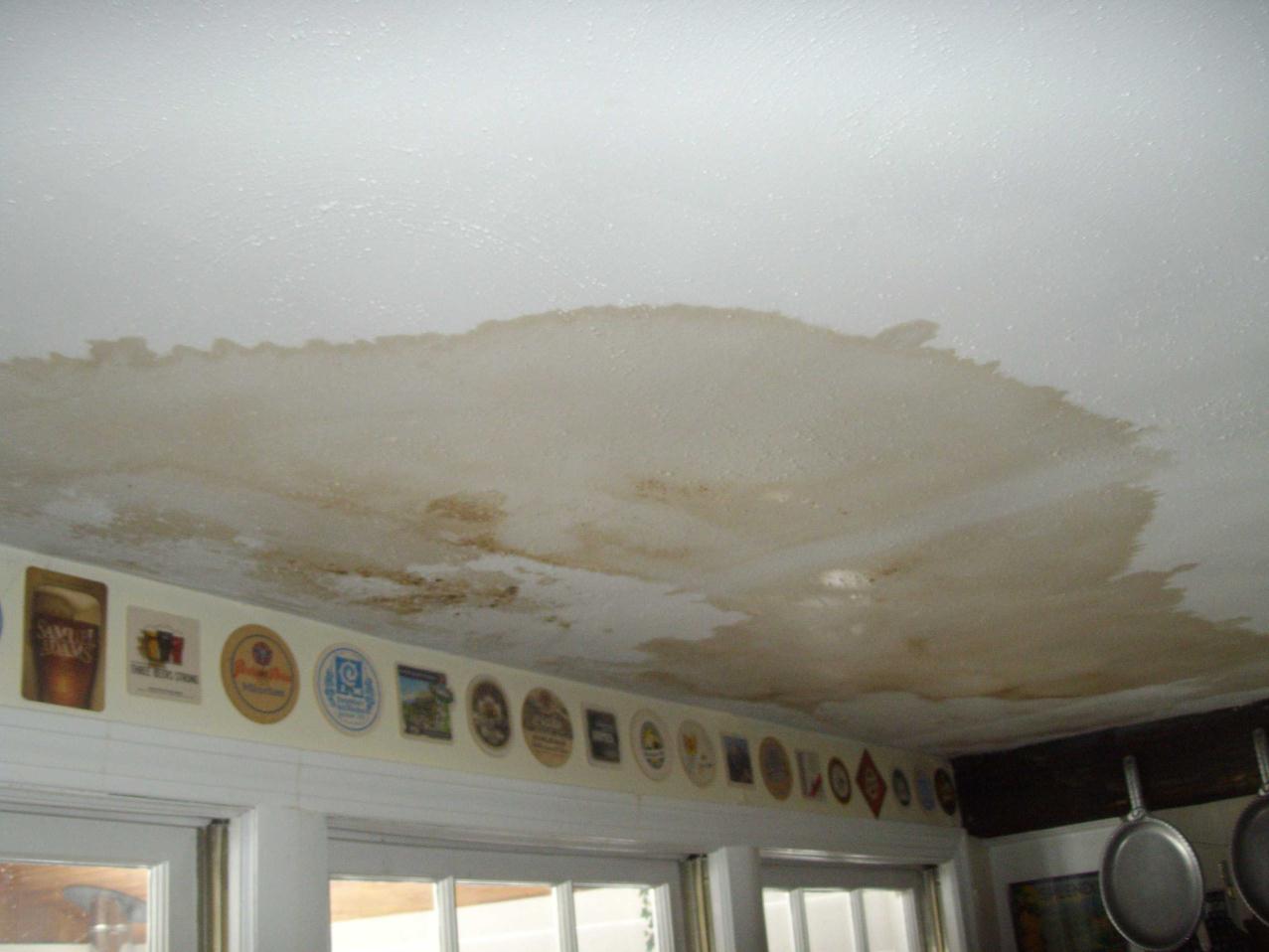Do's & Don'ts of Water Restoration.
Do's & Don'ts of Water Restoration.
Blog Article
They are making a number of good pointers relating to Fire And Water Damage Prevention in general in the content beneath.

Water offers life, however water intrusion on some components where it's not intended to be can result in damage and trouble. In addition, homes with water damages odor mildewy and also old.
Water can come from numerous resources like typhoons, floods, burst pipes, leakages, and sewer issues. It's better to have a functioning expertise of security precautions if you have water damage. Here are a couple of standards on how to deal with water damages.
Do Prioritize Home Insurance Insurance Coverage
Seasonal water damage can come from floodings, seasonal rainfalls, as well as wind. There is also an event of a sudden flooding, whether it came from a damaged pipeline that all of a sudden ruptures right into your residence. To safeguard your house, get home insurance coverage that covers both acts of God such as natural tragedies, and emergencies like broken plumbing.
Don't Neglect to Turn Off Energies
When disaster strikes as well as you're in a flood-prone area, shut off the primary electric circuit. Turning off the power prevents
electric shocks when water can be found in as water functions as a conductor. Don't forget to shut off the major water line valve as a means to stop more damage.
Keep your furniture steady as they can relocate about as well as cause extra damage if the floodwaters are obtaining high.
Do Remain Proactive as well as Heed Climate Informs
If you live in a location plagued by floods, remain ready and aggressive at all times. Pay attention to the information and also evacuation warnings if you live near a body of water like a lake, creek, or river .
Don't Ignore the Roofing System
Your contractor needs to take care of the malfunctioning rain gutters or any type of various other signs of damage or weakening. An inspection will protect against water from moving down your walls and soaking your ceiling.
Do Take Notice Of Small Leakages
There are red flags that can attract your focus and suggest to you some damaged pipes in your house. Indicators of red flags in your pipes consist of bubbling paint, peeling wallpaper, water touches, water spots, or trickling noises behind the walls. Repair service as well as check your plumbing fixed before it results in massive damage to your residence, funds, and also a personal headache.
Don't Panic in Case of a Burst Pipeline
Timing is essential when it comes to water damages. If a pipe bursts in your house, immediately shut off your major water valve to cut off the resource and also avoid even more damage. Call a trustworthy water damage remediation expert for help.
Water offers life, but water invasion on some components where it's not intended to be can result in damages and inconvenience. In addition, homes with water damage scent old and moldy.
Seasonal water damage can come from floodings, seasonal rains, as well as wind. Signs of red flags in your pipes consist of gurgling paint, peeling off wallpaper, water streaks, water discolorations, or leaking audios behind the wall surfaces. If a pipeline ruptureds in your residence, quickly shut off your primary water valve to cut off the resource as well as protect against even more damage.
Some Do's & Don't When Dealing with a Water Damage
DO:
Make sure the water source has been eliminated. Contact a plumber if needed. Turn off circuit breakers supplying electricity to wet areas and unplug any electronics that are on wet carpet or surfaces Remove small furniture items Remove as much excess water as possible by mopping or blotting; Use WHITE towels to blot wet carpeting Wipe water from wooden furniture after removing anything on it Remove and prop up wet upholstery cushions for even drying (check for any bleeding) Pin up curtains or furniture skirts if needed Place aluminum foil, saucers or wood blocks between furniture legs and wet carpet Turn on air conditioning for maximum drying in winter and open windows in the summer Open any drawers and cabinets affected for complete drying but do not force them open Remove any valuable art objects or paintings to a safe, dry place Open any suitcases or luggage that may have been affected to dry, preferably in sunlight Hang any fur or leather goods to dry at room temperature Punch small holes in sagging ceilings to relieve trapped water (don't forget to place pans beneath!); however, if the ceiling is sagging extremely low, stay out of the room and we'll take care of it DO NOT:
Leave wet fabrics in place; dry them as soon as possible Leave books, magazines or any other colored items on wet carpets or floor Use your household vacuum to remove water Use TV's or other electronics/appliances while standing on wet carpets or floors; especially not on wet concrete floors Turn on ceiling fixtures if the ceiling is wet Turn your heat up, unless instructed otherwise

As a serious person who reads on Ways to Reduce The Risk Of Fire And Water Damage, I imagined sharing that segment was important. So long as you appreciated our blog post kindly make sure you remember to share it. Bless you for your time. Come back soon.
Report this page